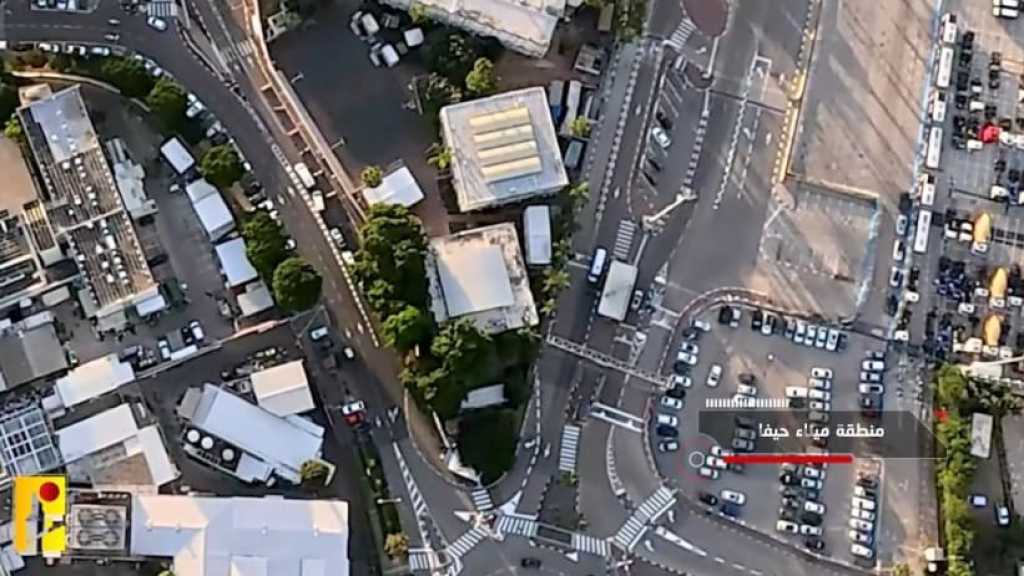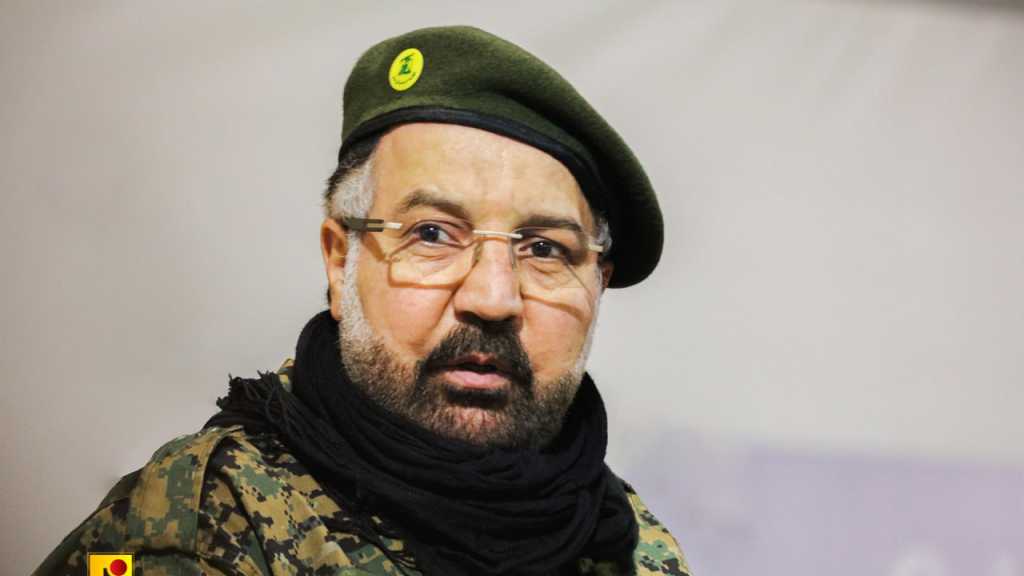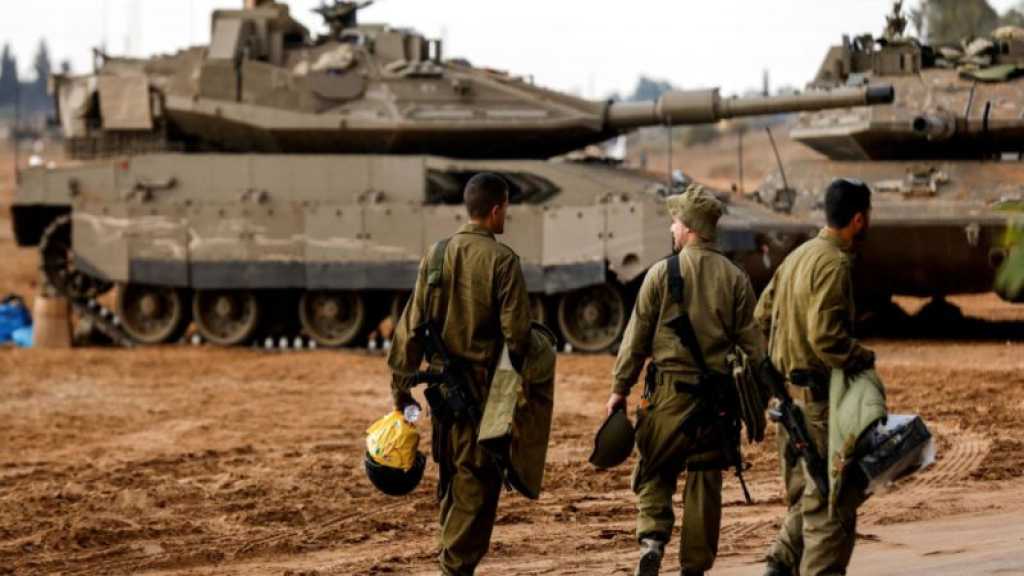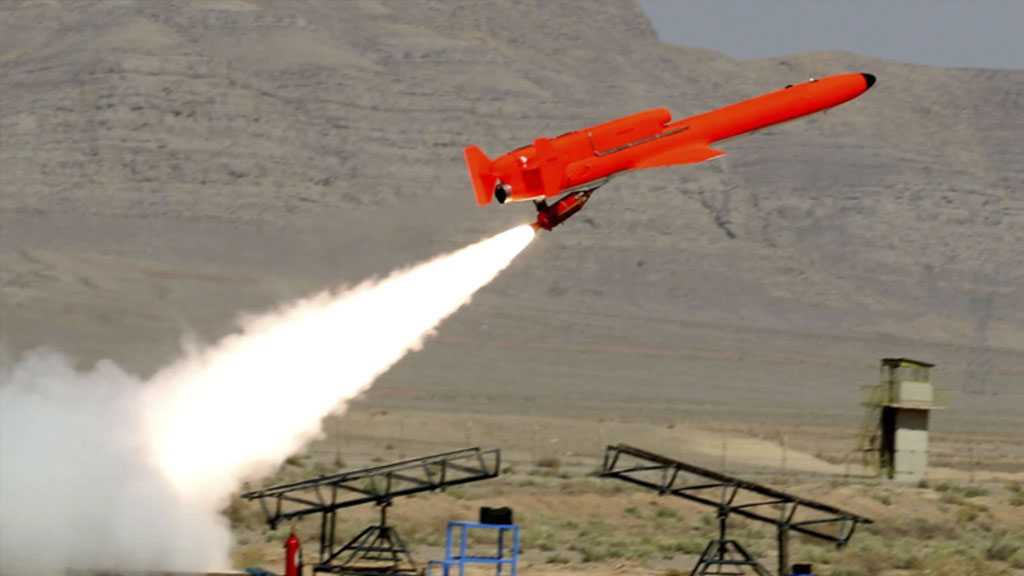
The Croaking Crows
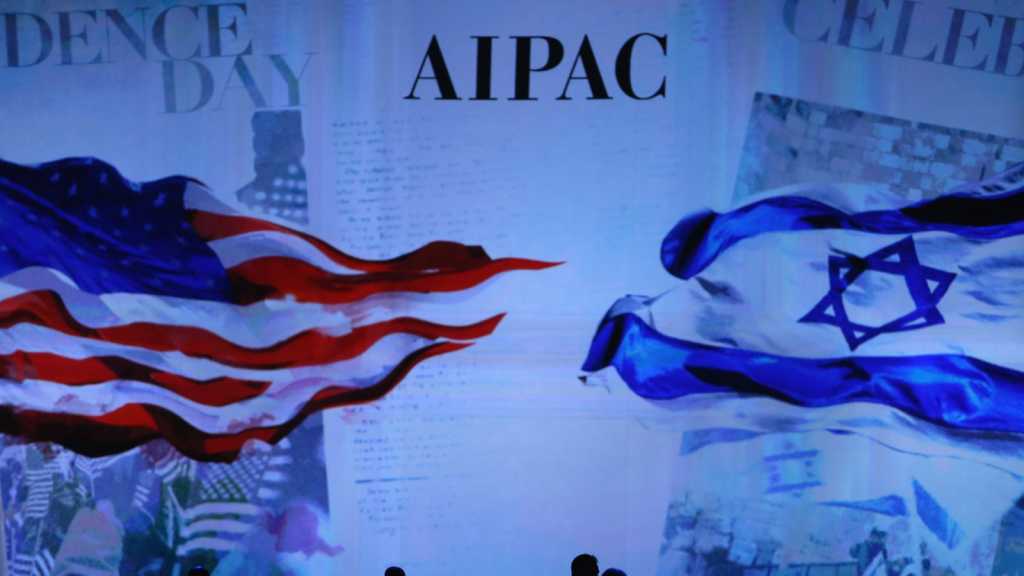
By Houssam Matar, Al-Akhbar Newspaper
The Directorate of Strategic Studies at the Consultative Center for Studies and Documentation conducted an applied study to explore the role of the right-wing Zionist lobby in the United States and its agenda regarding the recent events in Iran.
The study blends research, programming, the monitoring of Twitter, as well as quantitative and qualitative data analysis over a period of two months conducted by a team of five individuals.
The experiment concluded with an analysis of the positions of 200 researchers and experts working in 12 of the most prominent institutions of this lobby.
Between October 14, 2022 and December 12, 2022, the program collected more than 32,000 tweets. It then sorted them according to keywords [more than 400 synonyms] relevant to issues in the Middle East.
The final tally was 3,816 relevant tweets. About 80% of these were posted by employees of three institutions, namely: United Against Nuclear Iran, The Foundation for Defense of Democracies, and The Washington Institute for Near East Policy.
By analyzing the tweets and interacting with them, it became clear that the Zionist lobby is harnessing its capabilities to try to foment unrest inside Iran by mobilizing global public opinion and elites, putting pressure on decision makers in influential countries, promoting suspicious and misleading media content and information, and trying to incite Iranians at home and abroad against their country.
We can deduce this momentum from two figures.
First, 2,204 tweets of the 3,816 [about 58%] were on Iran – almost all of which were about the protests and riots inside that country.
Second, a deeper look revealed that 160 tweets received the highest interaction rate based on the retweet criterion [20 tweets received the highest interaction per week.]. A total of 86% of those were related to the unrest inside Iran, and the rest were about the nuclear agreement [mostly from the angle of linking it to the unrest] and other issues.
The information campaign launched by the Zionist lobby includes the publication, promotion, and circulation of news, messages, positions, and analyses to exploit and exacerbate unrest, riots, and terrorism inside Iran.
Researchers and other members of the institutions inside this lobby relied on news and information sources that are hostile to the Islamic Republic. By circulating them, they gave these sources a degree of credibility and momentum among a section of the Western elites in particular.
Thus, some of what they published was retweeted thousands of times [one tweet was retweeted more than 6,000 times]. It is worth noting that this level of circulation was limited to tweets written exclusively in English.
By analyzing the content of this campaign, the target points for the activity of the Zionist lobby observed in this study can be classified as follows:
1- Targeting the image of the Leader of the Revolution, Imam Sayyid Ali Khamenei, to further destroy its sanctity, given that the Guardian Jurist [Wali Faqih] is the center of gravity of the Islamic Republic.
The campaign focused on tarnishing the moral and national image of Sayyid Khamenei as well as his symbolic, popular, and religious image and called for his removal.
In terms of distortion, the Zionist lobby’s discourse focused on accusing the Imam of double standards – more specifically, his condemnation of the double standard practices of other regimes while the Republic’s regime engages in the same practices [by accusing authorities of killing children during the protests] – and holding him responsible for the execution of protesters. The truth is that those who were executed were all involved in killings.
It also compared him to Russia’s Vladimir Putin from the point of view of the Ukrainian war [without a clear link] in order to provoke the public and the Western elites. They sought to paint a picture that he is losing popular support based on the critical positions of his sister and her family [her husband was previously punished for joining Saddam Hussein during the Iran-Iraq war] as well as some chants in small gatherings [historically hostile to the Islamic regime) against him and called him a dictator.
Here it is important to note that Iran does not claim to be a liberal democracy, but rather a popular rule. The clear political margin draws criticism of the regime, its poles, and constitutional institutions from forces and figures residing inside Iran.
As for isolation, US President Joe Biden and European leaders have repeatedly sought to have the Imam classified as a “violator of human rights and a global terrorist,”, imposing personal sanctions on him, then harshly criticizing him for not complying.
They then transfer pressure towards the US Congress as an alternative path and demand the closure of his religious offices abroad. They banned his Twitter account and expelled his representative from Britain. More recently, we noticed the campaign blatantly extended to include the President of the Republic Sayyed Ibrahim Raisi.
2- Inciting radicalism (among states and organizations) against the Islamic Republic and the Revolutionary Guards and deepening the siege, which is a sustainable path for the Zionist lobby.
At this point, it is noticeable that there is an attempt to create symmetry between what is happening in Ukraine and Iran and to make it a single cause with the aim of attracting greater Western support and giving the unrest in Iran a moral dimension.
The lobby is trying to use the human rights discourse in the Iranian issue against Iran by fabricating accusations and news, exaggerating them, and taking issues out of context (presenting the execution of individuals who committed murder as peaceful protesters).
The incitement took on some of the following forms:
a- The imposition of sanctions by enticement on the one hand, and intimidation on charges of appeasing Iran (Germany, Sweden, and Qatar) on the other
b- Limiting diplomatic exchanges by expelling Iranian diplomats through fabrications of an Iranian plot to kill Iranian journalists abroad and not receiving Iranian figures or sending ambassadors to Tehran (the British ambassador)
c- Blocking Iran’s voice in international institutions through expulsions, visa rejections, and withdrawing the country’s right to vote (UN Commission on the Status of Women and Committee on the Rights of the Child)
d- Encouraging the prosecution of the pillars of the regime before international courts
e- Manipulating the feasibility accounts of foreign countries by suggesting the possibility of overthrowing the regime to push for tougher Western measures that go beyond sanctions and push for a more stringent strategy
3- Hinting that external support is on the rise by praising every international step in support of the protesters and rioters, with the aim of motivating internal groups or weakening the resolve of the Iranian government and state elites.
This praise was intended to grab the attention of countries such as Canada or influence the European Union’s decision to consider designating the Revolutionary Guard as a terrorist organization. Most notably it is an endorsement of unofficial initiatives where it is easy to mobilize the private sector and non-governmental organizations against Iran (promoting a campaign of support for the protests from 150 universities around the world and a collaborative initiative between international lawyers to label Iranian officials abroad, including alleged members of the Guard].
In this respect, it is noticeable that the focus is on attracting external support to enable active groups against the regime to expand their activities, ensure their sustainability, and attract additional groups. Here, the Zionist lobby is promoting an initiative to collect money to pay Iranian workers for participating in strikes.
4- Extensive and supported marketing and publication of videos and images of a torrent of misleading, fragmented, and exaggerated information about the so-called “violations” of the Iranian security forces, noting that security attempts to control popular protests are not devoid of human rights violations, which we see daily in the United States and Europe.
Given the time span of the protests, the number of casualties among the police and the Revolutionary Guards, and the intensity of criminal and terrorist practices that penetrated protest environments, it appears that the Iranian approach was a composite of a political, media, judicial, and preventive effort to contain the peaceful protesters and a security effort intended to tackle violent, terrorist, and separatist cells and groups.
The Zionist lobby reduced the situation to bloody massacres of women and children, relying on the anti-Iranian media and the limited coverage of some events while others were taken out of context.
Among the techniques used to circulate information is news reporting by Iranian parties hostile to the regime. These reports are taken by human rights organizations hostile to Iran, one of which receives $3 million annually from institutions belonging to George Soros. Then, its so-called human rights report is promoted by the Zionist lobby – a process best described as the laundering of disinformation.
The Zionist lobby focused on painting the Iranian regime as brutal and barbaric, which fits a familiar “Israeli” narrative. This attempt relied mainly on news related to the killing of women (using provocative statements such as “shooting women in the faces”), girls (a story of a girl who was supposedly killed because there was a torn picture of Imam Khomeini in her schoolbag), and children (large numbers without evidence) at the hands of the regime. The objective is to cause emotional shock, fuel anger, and mobilize people against the regime.
Likewise, the lobby's messages focused on news related to students and universities to aggravate the Iranian youth and on areas where separatist groups are active.
In this respect, the information being circulated takes facts out of context and manipulates them, whereby tear gas (a common tool used by Western democracies to deal with protests) becomes a nerve gas and executions of convicts over murder charges become the execution of peaceful demonstrators.
It was also claimed that there were large numbers of casualties. However, it was not mentioned that among those killed were armed people, police and military personnel, and civilians who were killed by criminal groups and elements that infiltrated the protests.
This narrative about the killing of peaceful demonstrators [of course, it cannot be denied that isolated incidents occurred in light of the severe security turmoil] is supplemented by the circulation of anonymous information about the existence of a political decision to kill the demonstrators.
5- Creating an impression that the regime is fragile and questioning its prestige and strength to motivate the enemies of the Islamic Republic at home and abroad to engage in a confrontation on the grounds that it is feasible and worth the potential costs.
Here, several paths appear:
a- The repeated praise for the courage of the protesters in the face of the security forces, inferring that the fall of the regime is imminent [the Zionist Mark Dubowitz posted a wish that the Republic’s regime would be overthrown by next Thanksgiving].
This claim is supported by the promotion of scenes of burning police and Revolutionary Guard vehicles and the security forces retreating in the face of protesters to avoid a clash with them.
An important point here is that this reasoning contradicts two statements, the first is that these are peaceful demonstrations, and the second is that the police are behaving barbarously and deliberately killing people.
However, because these messages are transmitted at different times, their contradiction is not clearly seen.
b- Marketing for the continuation of the protests, with an attempt to broadcast clips from different regions [even if dozens or hundreds of people only gathered] to suggest that they include all of Iran and that they are gaining momentum.
The focus on these statements follows statements by Iranian officials about the decline in protests or the necessity of stopping them and accompanying this with ridicule and mockery.
c- Focusing on material that has a symbolic dimension in challenging the regime, such as clips attacking the Iranian flag, women going out without veils in public places, and some Iranians celebrating their national team’s defeat in the World Cup or issuing anti-regime expressions from the stands during the World Cup [when it became clear that these actions were limited, the lobby campaigned against Qatar and held it responsible].
d- Manipulating the image of the regime’s internal unity and stability, including publishing alleged leaks of criticism from Imam Khamenei of the state’s leaders for their handling of the protests, then spreading rumors about the arrest of military personnel for supporting the protests, and inciting protests as a possible response to the decline of the Iranian currency.
6- Provoking the Iranians who are hostile to the Islamic Republic abroad in light of the limited internal movement by repeatedly praising their movements and publishing accounts of Iranian plots to kill some of them, especially journalists.
Some researchers in the Zionist lobbies have come to consider them “the only legitimate representative of the Iranian people.”
The promotion of these moves aims to attract support, confirm the fragility of the popular legitimacy of the regime, legitimize ‘the need to lift the international cover on the regime’, and close Iranian embassies.
This incitement included praising the participation of Canadian Prime Minister Justin Trudeau in a demonstration with the Iranian community and inviting Western leaders to follow his example. Then there is the circulation of videos of the movements of opponents abroad and the promotion of their slogans with special attention to symbolic actions, such as: raising pictures of the Shah and throwing red paint on official Iranian headquarters and attempted attacks on their employees.
7- Creating an ‘Iranian revolution’ novel in the face of the Islamic regime. This is a central issue for the Zionist lobbies’ information campaign.
The lobbies used this ‘revolution’ to try to encourage the Biden administration to exert maximum pressure on Iran without having to worry about appearing to be involved in the regime change operation, as change is happening from within.
Several messages reinforce this narrative:
a- The regime is not reformable, and there is no choice but to overthrow it. This included the assertion that the protesters are calling for regime change, not reform. The truth is that this demand is only a priority for a few within the protest movement.
The messages even went as far as to criticize a statement by US Secretary of State Antony Blinken for saying that the protests aim to ‘deliver the voice.’
b- Emphasizing the terms national revolution and revolutionaries, feeding that with supportive slogans such as ‘free and democratic Iran’ and ‘courage’ and the slogan ‘women, life, liberation’, and linking current events to revolutionary periods in Iranian history. This includes efforts to link the current protests to Student Day, which is the anniversary of the killing of a student by the authorities in 1953.
c- Portraying the Iranian people as united against the regime (i.e., confiscating the voice of the Iranian people) and portraying the demonstrations as a ‘divorce’ between the people and the regime to the point of claiming that the regime was forced to threaten the Iranian national team to stand for the national anthem in the World Cup.
d- Seeking to put Iranian nationalism and the Islamic Revolution on a collision course – calling not to use the term Iranian regime since it is an ‘occupation regime’ and replacing it with the term ‘the regime in Iran’ or ‘the Islamic Republic of Iran’ [to put aside the people and nationalism]. Circulating photos of demonstrators holding cultural symbols referring to Iranian nationalism or demanding the return of the Pahlavi rule and raising its flag. In return, scenes of protesters destroying the logo ‘Allah’ on the Iranian flag and clips of the vandalism of some religious institutes and attacks on clerics were also published.
8- Seeking to create Iranian icons [women and youth] that would be a living and inspiring embodiment of the Iranian segments exposed to influence. These icons would turn into leaders capable of moving the masses.
The Zionist lobbies kept pace with the positions of actress Nazain Boniadi (who also holds British citizenship) as ‘the real voice of the Iranian people’, Shirin Ebadi, Ali Karimi (a former football player in Iran), and Hossein Ronaghi as a detained political activist.
This effort to turn opposition women into icons was complemented by insulting women on the other side, such as mocking the performance of Mrs. Zahra Ershadi (Iran's Deputy Representative to the UN) while presenting her country's position regarding the recent events.
9- Exploiting unrest as a means of pressure to end the nuclear negotiations, a fundamental strategy for “Israeli” security interests and an undisputed priority on the list of strategic challenges.
The researchers of the Zionist lobbies went on to list their arguments for the need to stop the nuclear negotiations, claiming that any such talks appear as a sign of weakness in eyes of the regime. They also underscore the necessity of not reaching an agreement because it would provide funds for the regime to use in internal repression (a moral argument), and because of the protests and other transformations (the most important of which is the war in Ukraine), the geopolitical conditions in 2022 are no longer the same as those in 2015 [argument of interest].
In this context, the US Special Envoy to Iran, Robert Malley, was subjected to sharp criticism and calls for his removal by researchers in the Zionist lobbies who claim that he is lenient with Iran and a conspirator against American interests.
This included calling on Iranian Americans not to vote in the midterm elections for the Democrats because they did not replace Malley.
For more than 40 years, Iran [the people, the state, and the regime] has been subjected to a series of the most inhumane sabotage measures emanating from the United States and the “Israeli” entity.
Today, the two parties are hiding behind unparalleled soft, technical, and sharp capabilities to try to reshape the awareness of the Iranian people [or a segment of it] for explicit geopolitical goals through hegemony over Iran, its decisions, resources, institutions, and role.
It is the war of the novel, according to Imam Khamenei, a war in which the competition revolves around the formation of perceptions, some of which are realistic [to some extent] and others imaginary and partial.
Iran's focus over the past 40 years has been to transform challenges and threats into opportunities and potential. It is a daily process [carried out by the state, the elites, and civil society organizations], continuous and arduous, as per the goals set.
Naturally, it is a process that needs to be reviewed, maintained, improved, and developed more than the process to which the sources of threat are subject to.
Confronting the escalating US information campaigns against the sources of threat around the world calls for more than one counter-narration, given the clear US advantage in available resources and technologies.
The misleading narrative grows in the darkness that is provoked by lies, delusions, fantasies, half-truths, and many errors, and sometimes sins.
Accordingly, the response to it should include the narration of facts. However, the most important thing is to continue the daily building of bridges and channels of communication and the experiences of sharing with centers of gravity within the target society and a solid block of it, at the very least, to create and restore consensus.
Accepting part of the power to flow into the main junctures of the target society under the umbrella of the historical, cultural, and strategic identity of the target party is a process of permanent revolutionization and continuous politicization (removing politics from society and turning crises into mere human rights issues is a cornerstone of the American soft war), which may involve risks sometimes.
However, rain does not fall from a clear sky, just as solid structures (that are able to withstand and improve) are not born without going through fluctuations and pressures.
Comments
